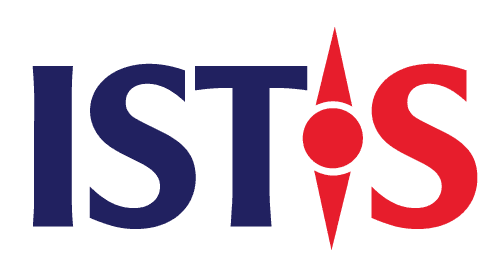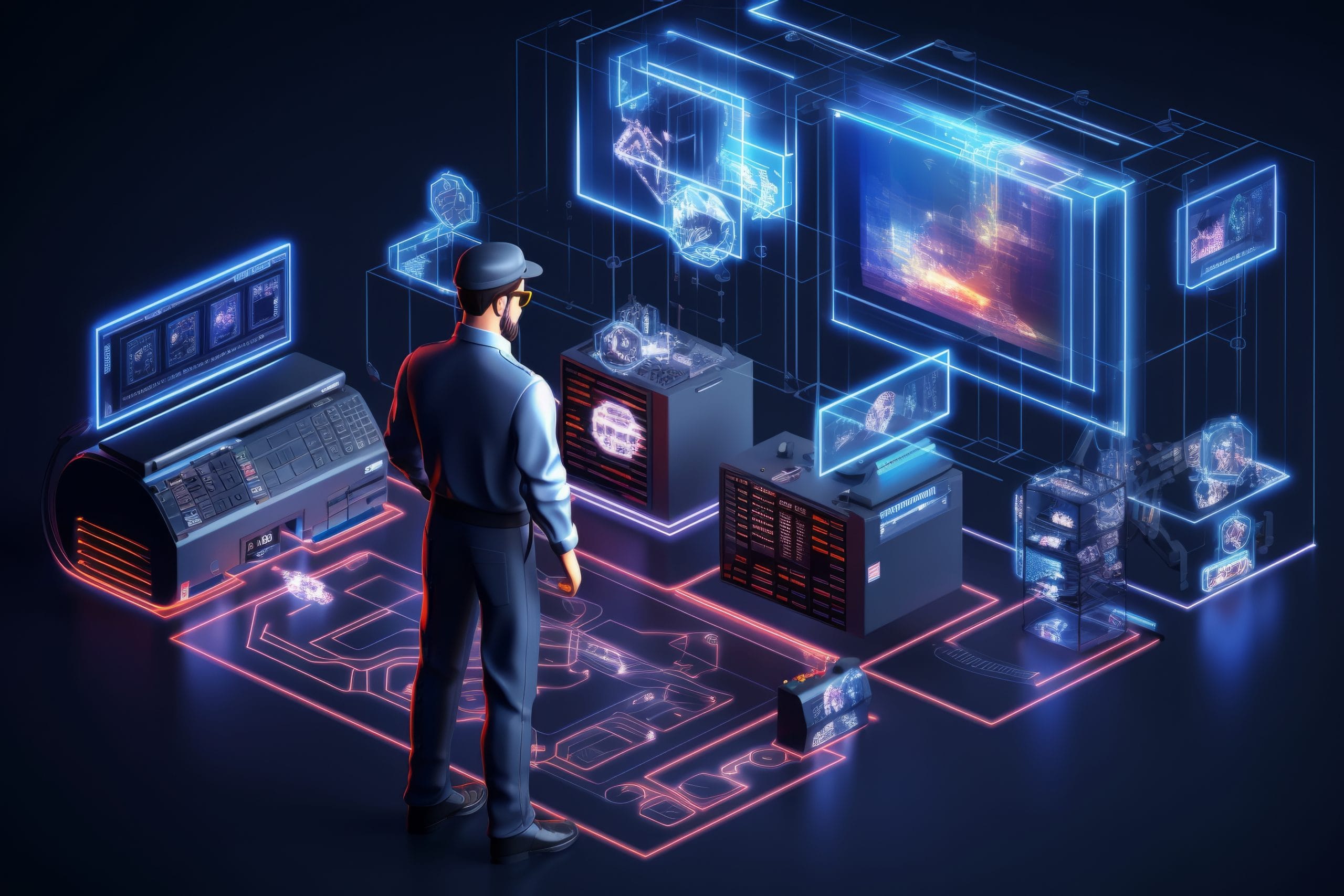No innovation ecosystem thrives in isolation. Even in dynamic environments — where local talent, supportive policies, and entrepreneurial energy are in place — it’s easy for strategies to plateau.
Over time, ecosystems can become inward-looking. Familiar actors collaborate in familiar ways, and long-standing assumptions begin to shape how problems are framed — and how solutions are missed.
That’s where external perspective becomes essential.
Many ecosystems — from emerging tech hubs to national innovation strategies — have benefited from bringing in outside experts not just to advise, but to challenge. These roles often take the form of an innovation consulting service, ecosystem advisory board, or international peer-learning network.
The goal isn’t to import foreign solutions. It’s to unlock local capacity by asking sharper questions, mapping blind spots, and surfacing patterns that insiders may be too close to see. Whether it’s aligning fragmented programs, building more inclusive pathways for startups, or accelerating tech transfer, this kind of support has helped leaders see the system more clearly — and act more decisively.
Related approaches — such as policy design labs, ecosystem audits, and innovation strategy facilitation — are gaining traction across Southeast Asia. In Vietnam and beyond, these collaborative models are showing how tailored, external input can bridge the gap between vision and execution.
Because in the end, real breakthroughs rarely happen in echo chambers. They happen when insight meets humility — and when systems are open enough to learn from themselves.










